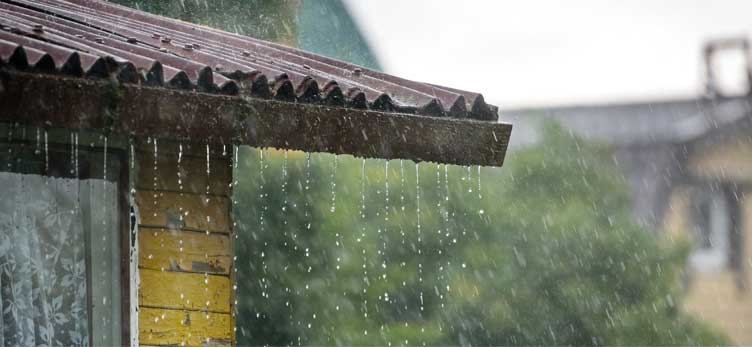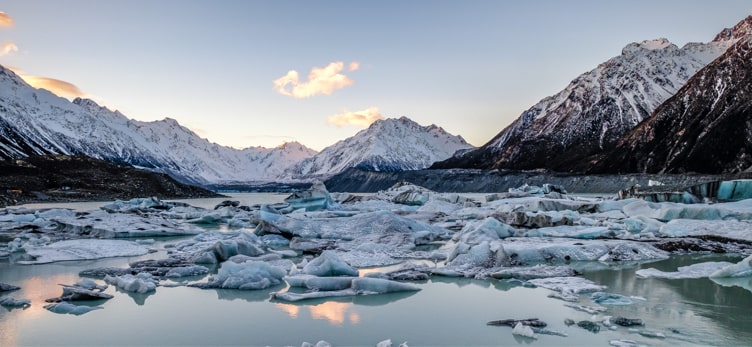- Home
- News
-
Weather Articles
-
Horoscope
- Sweepstakes
- Deal of The Day
10 Ways to Prepare for A Flood & Stay Safe!

Planning and preparing in advance can help protect your home, family and property from destructive flooding. Here are the 10 things you need to do before a flood:
Get a weather radio & understand emergency notifications
Buy a weather radio that broadcast weather bulletin from the National Oceanic and Atmospheric Administration (NOAA). NOAA Weather Radio All Hazards (NWR) is a cross-country network of radio stations that broadcast continuous weather information from the nearest National Weather Service Office. These stations broadcast a variety of emergency notifications, including flood and flash flood watches & warning, as well as evacuation notices.
Find out if your area is susceptible to flooding
Visit The Federal Emergency Management Agency (FEMA) website to check online flood maps that show the locations and risk levels in specific geographic areas. Alternatively, you can contact your county planning division to get an assessment of your flood risk.
Prepare emergency kits for your workplace and home
Pack and keep an emergency supply kit at a prime location in your house and workplace. Make sure you refresh the kit once in 6 months to throw away expired items. Basic standardized items to include: A weather radio, 3-day supply of perishable food items, 2 gallons of water, first aid kit, flashlight and fresh batteries
Set up your evacuation route and a plan for communicating
Whether work or home, knowing your way in and out of the vicinity to navigate your community when it is flooded could save your life. Make sure the evacuation plan is written or recorded, and that every member knows where they are supposed to meet. Go over the plans with them to ensure everyone knows what they should do. During emergency, sending texts or emergency messages can be faster than a call.
Protect sensitive appliances from damage
Flooding can cause substantial damage to home & property, especially sensitive appliances. Raise up major appliances and electric outlets to keep them from flooding.
Save your key documents
Make copies or upload to the cloud important papers & documents, including insurance policies, leases, birth certificates and photographs of your home and other important stuff.
Prevent your drains from adding to the flood damage
A house’s water & sewage systems are prone to flood damage creating a mess that is even harder to clean. Installing a pump sump and using backflow valves prevents floodwaters from backing up in basements, low-lying areas, toilets, drains and sinks.
Stock emergency supplies
In addition to having your emergency kit, stockpiling emergency materials that might be needed, such as plywood, plastic sheets, nails, a hammer and saw, a crowbar, shovels, and sandbags before the flood arrives is a good idea. So is storing valuables, medication, and chemicals (separately) in a higher place.
With these helpful tips, you should be better prepared in case flooding becomes dangerous in your area. If you have been evacuated, it is advisable to return once authorities broadcast that it is safe. Also, make sure your friends and family know that you are safe.








